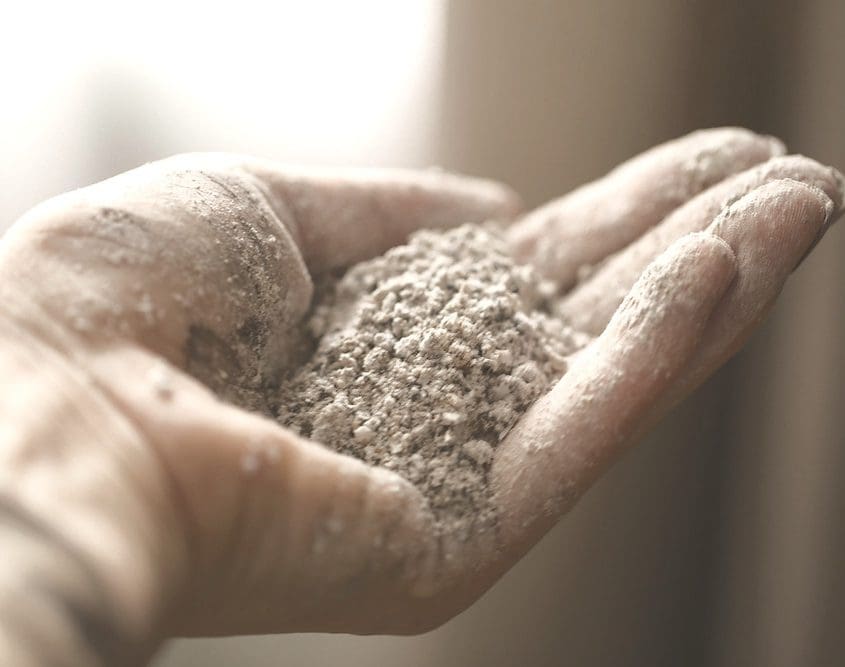Mitigating the Risks of Silica Dust Exposure with Sweepers PTY LTD: A Pioneering Force in Industrial Cleaning Solutions Across Brisbane, Gold Coast, Sydney, and Melbourne
Silica dust is more than just a component of soil, sand, clay, and various minerals. This microscopic particle also manifests itself in everyday construction materials like bricks, concrete, tiles, and some plastics. In Australia, particularly in high-risk industries located in cities like Brisbane, Gold Coast, Sydney, and Melbourne, the hazard posed by silica dust exposure cannot be overstated. Occupations such as foundry work, abrasive blasting, rock drilling, stonecutting, tunnelling, and quarry operations place millions of workers at risk daily. Extended exposure to silica dust can culminate in severe health conditions like silicosis, a permanent and debilitating form of pulmonary fibrosis, leading to tissue scarring, impaired lung function, and an increased risk of developing lung cancer.
Equip Your Workspaces with Silica Dust Management Solutions from Sweepers PTY LTD
The urgency to address the silica dust problem is not just about compliance with workplace safety regulations; it’s about preserving the health and well-being of your workforce. Sweepers PTY LTD offers specialised industrial cleaning machinery designed to mitigate the dangers of silica dust exposure. Operating across Australia’s major cities—Brisbane, Gold Coast, Sydney, and Melbourne—our scrubbing machines are equipped with high-efficiency filters that effectively capture fine dust particles, including harmful silica dust.
Boost Occupational Health and Safety with Sweepers PTY LTD’s Advanced Cleaning Technologies in Brisbane and Gold Coast
By leveraging advanced cleaning technologies from Sweepers PTY LTD, businesses in high-risk industries in Brisbane and Gold Coast can substantially improve workplace health and safety. Our high-grade industrial scrubbers are engineered to provide not just surface cleaning but a comprehensive, deep-cleaning experience, targeting hazardous substances like silica dust. The result is a substantially reduced risk of inhaling these dangerous particles, promoting a safer working environment.
Achieve Cost-Effective, Long-Term Health Benefits with Sweepers PTY LTD’s Industrial Cleaning Solutions in Sydney and Melbourne
Given the potential long-term health implications of silica dust exposure, investing in top-notch cleaning solutions becomes a matter of utmost importance. In Sydney and Melbourne, where industrial operations are both diverse and expansive, the need for effective dust management is critical. With Sweepers PTY LTD, you’re not only adhering to safety standards but are also ensuring that you’re effectively tackling this pervasive occupational hazard. The long-term health benefits and potential cost savings in medical expenses and lost workdays make our scrubbers an invaluable asset.
Choose Sweepers PTY LTD: A Trusted Partner in Promoting Health and Safety Across Australian Workplaces
Take a proactive stance on mitigating occupational health risks by opting for Sweepers PTY LTD’s industrial cleaning solutions. Don’t compromise on the safety of your workforce. Reach out to us today to discover our extensive range of scrubbing machines and dust management solutions, specifically designed to meet the challenges faced by high-risk industries in Australia’s busiest cities: Brisbane, Gold Coast, Sydney, and Melbourne.



